Text: Chuck Todaro
Photo: Bogdan Croitoru, Janos Gaspar and Calin Stan
Text first published in ATLANTIC TOUR brochure 2011
Anyone passing through rural Romania is sure to notice the clash of speeding cars and leisurely passing horse and wagons. Rural Romania is a special alcove in Europe where a vast number of its population still maintains an antiquated lifestyle extinct in the west.
Cries of being “behind the times” have plagued Romania through the ages. It’s a product of its geographical location and tumultuous history beginning with its frontier days under the Roman Empire until the 271 AD withdraw to the Danube boarders. Incursions by barbarian tribes kept the “land beyond the forest” perpetually on the defensive. The efficacious Renaissance and Age of Enlightenment were slow in coming due to Romania’s centuries’ long battlefront status with the Muslim Turks. Some say the Christian West owes its good health to the sacrifice of Romanian warriors and their rulers like Steven the Great, Michael the Brave and the infamous Vlad Tepes… Communist oppression in the 20th century had other paralyzing effects.
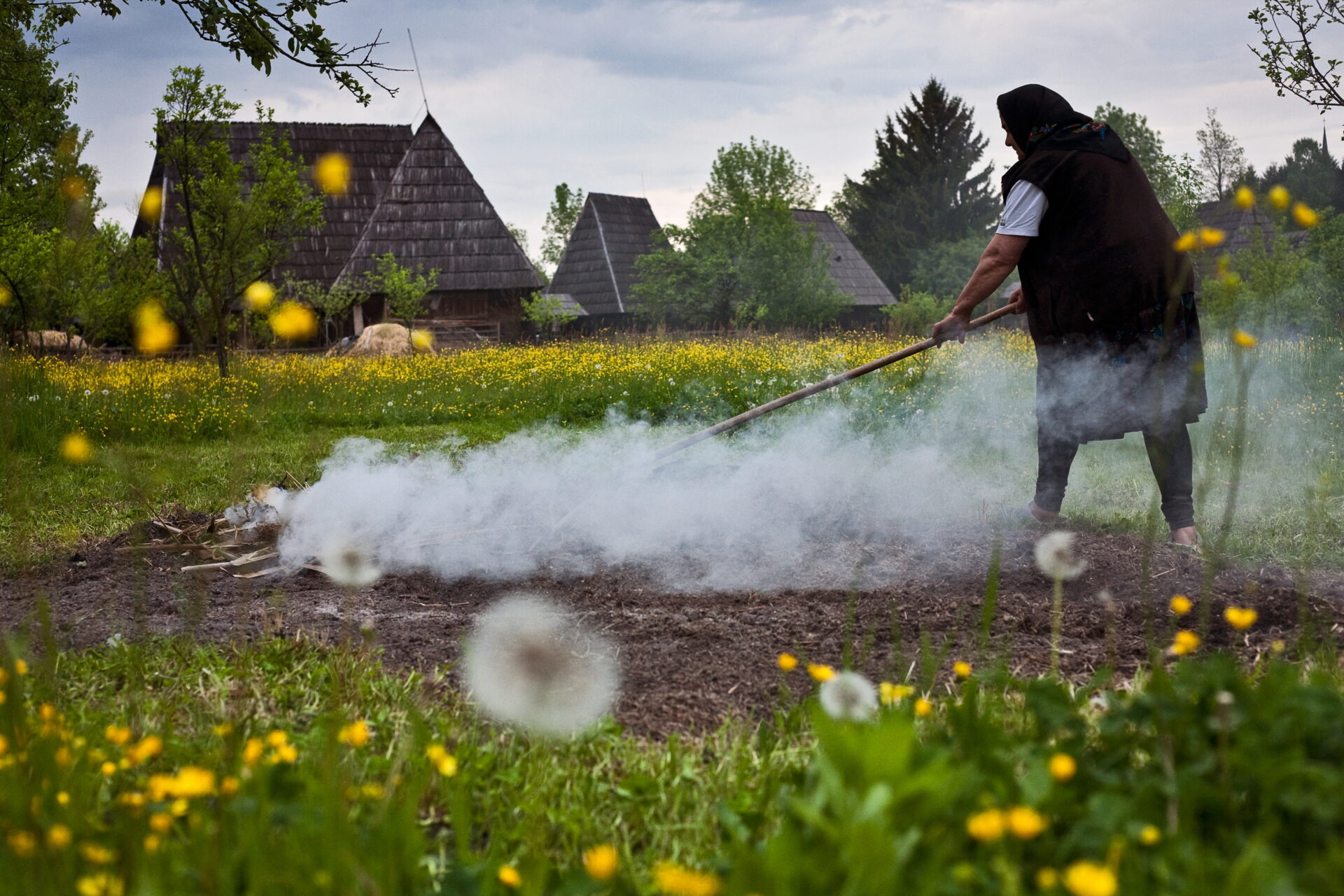
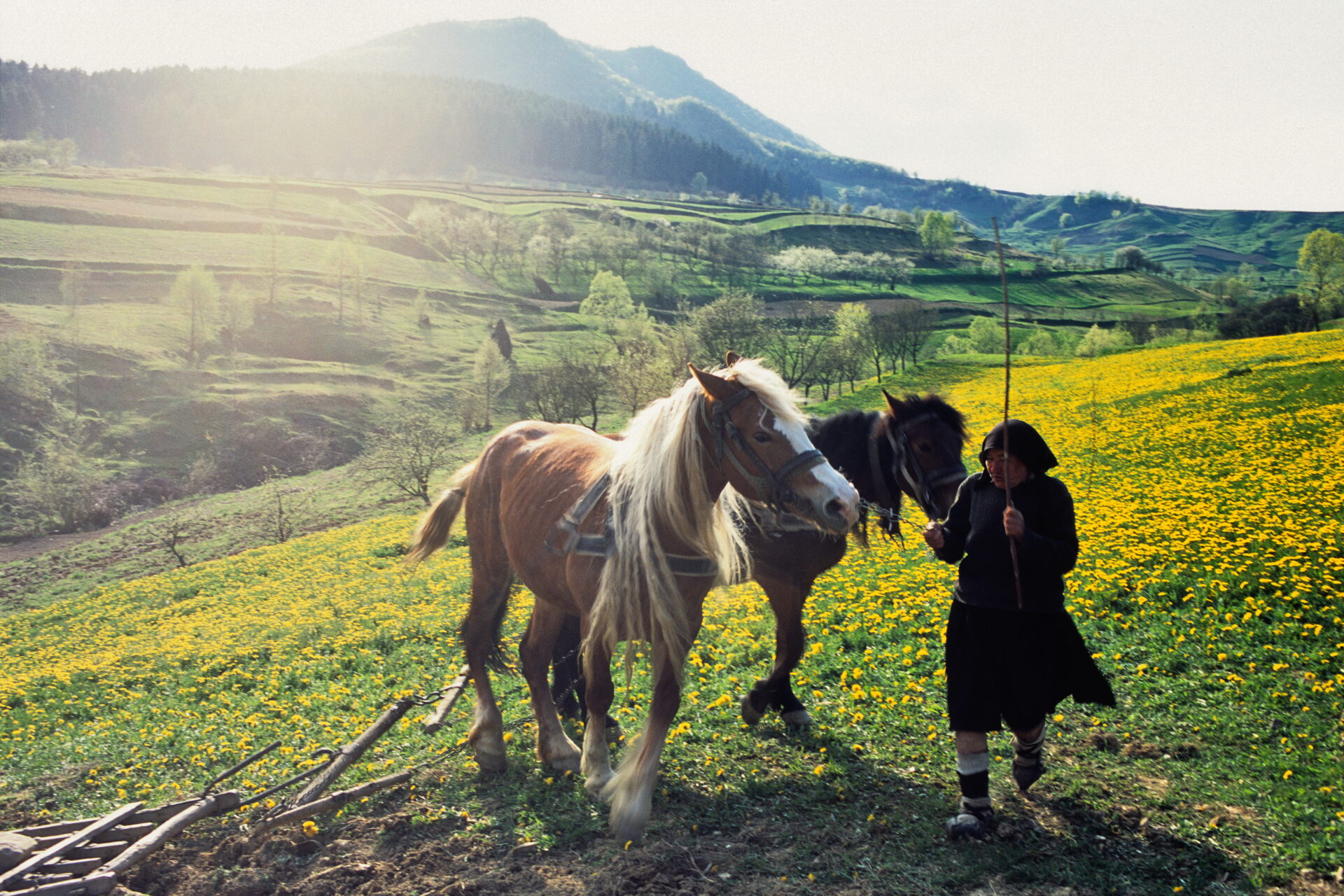
Rural Romania is nature at its fondest moments. It means quaint villages, a central church with passing cows and sheep, and swaggering peasants shouldering long wooden handled scythes. Rural Romania is water drawn from the earth, and for those lucky enough to share a bite with a peasant family it means a simple meal raised out of the garden and barn. Rural Romania is old-fashion hospitality where a man’s value isn’t found in his pocket but by the character he composes.
I fell in love with Romania in 1995 while in the middle of a planned motorcycle venture around the world. Romania’s countryside captivated me and I never left. It wasn’t just the spectacular scenery but also the land’s mosaic of Balkanic cultures: Romanian peasants, Saxons, Hungarians and Szeklers, Catholic Csangos, Russian Old-Believers, Armenians, Jews, Tatars, and numerous categories of Gypsies. Rural Romania is about peasant food: mushrooms and forest greens, natural cheeses, eggs with orange yokes like a setting sun and the wild taste of the courtyard chicken – and which is always preceded by the peasant’s smooth brandy they call “tuica” heating a path into your belly.
The Romania of today is at a crossroads. Improvements are needed yet even modernization and a system of “better living” has its drawbacks. These changes “for the better” have been slowly chipping away at rural Romania’s natural lifestyle. Can the simple country living resist the pressure to modernize and if so to what degree? Or in other words – what we see today may be gone tomorrow. Experience rural Romania in its natural atmosphere while you still can and before all that remains is a “good old days” image on a picture postcard.
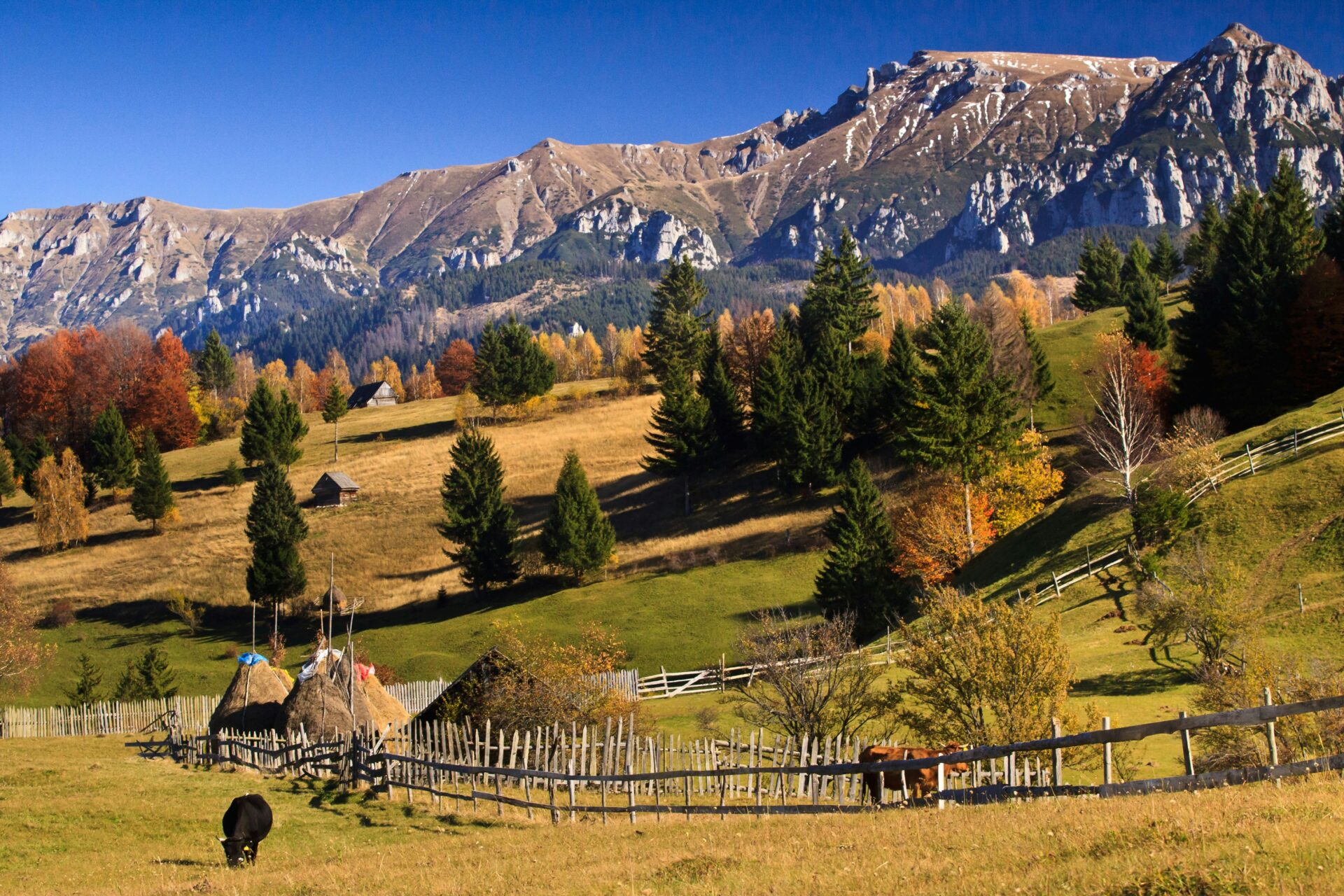
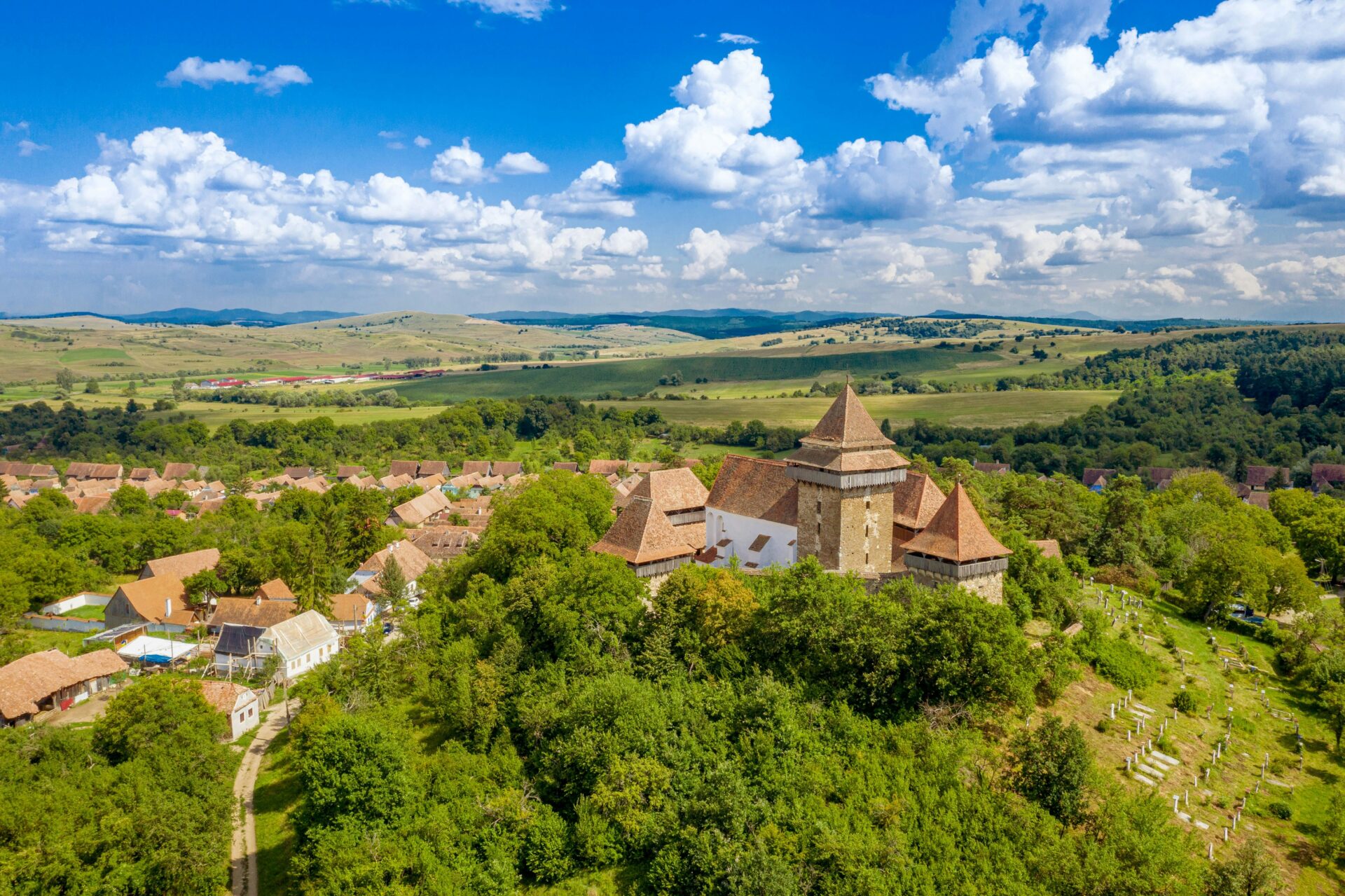
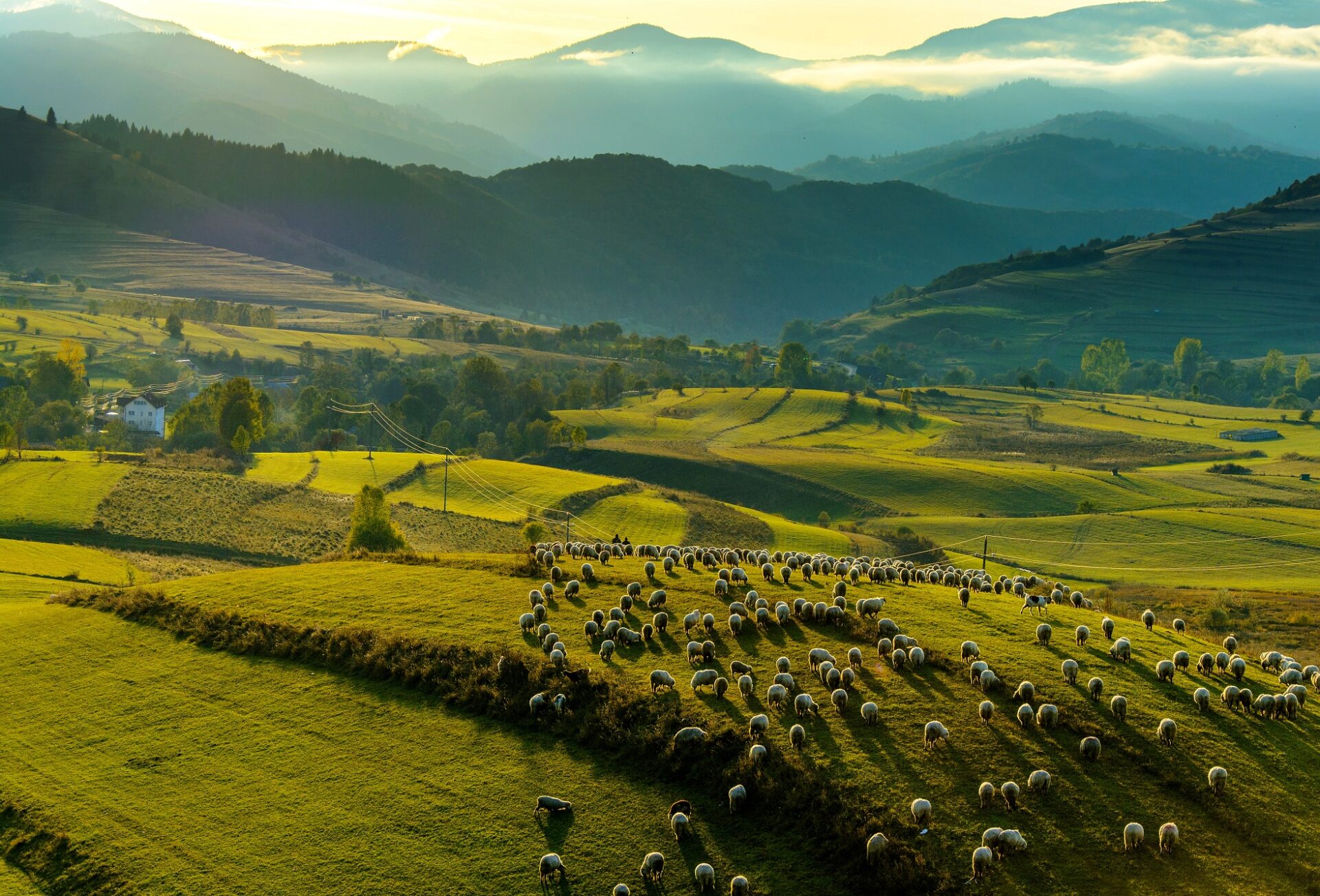

About the author:
Chuck Todaro began his stay in Romania as a freelance journalist writing on numerous subjects. He specialized on the Roma/Gypsies. He has published a book about his experiences living through the levels of the hierarchal tribal system: Do Not Ask Me of Living or Dying It’s Better to Sing. In 2010 he along with a handful of Roma community leaders formed Tzigania Tours, the world’s only tourism program bringing visitors into the historically segregated Gypsy community.
At the time of publishing of this article he resided today in a Roma community in Mures County Transylvania.